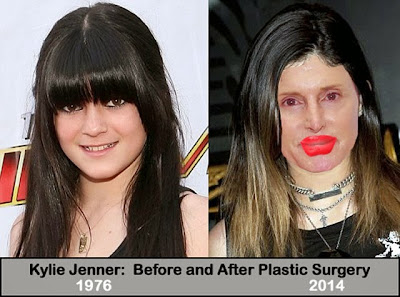Tooth Stain Treatments Bring a Shine Back to Your Smile
 While most of the reasons for making regular visits to your dentist have to do with staying healthy, there are cosmetic reasons as well. Regular cleaning and the occasional whitening can help keep your pearly whites live up to their name.
While most of the reasons for making regular visits to your dentist have to do with staying healthy, there are cosmetic reasons as well. Regular cleaning and the occasional whitening can help keep your pearly whites live up to their name.
Types of Tooth Stains
There are two types of tooth staining: extrinsic staining and intrinsic staining.
Extrinsic staining refers to the discoloration that occurs on the surface of your teeth. This results from exposure to dark-colored beverages, foods and tobacco. But it also comes about by normal wear and tear.
While superficial extrinsic stains can be removed by regular brushing and prophylactic dental cleaning, more serious extrinsic stains may require a teeth bleaching procedure to remove them.
If you have teeth staining, don’t hesitate to consult with your dentist. If you wait too long, extrinsic stains can penetrate the dentin in your teeth and become ingrained.
The other kind of tooth staining is intrinsic stains. These form on the interior of teeth, and result from trauma, aging, exposure to minerals during tooth formation and/or excessive fluoride ingestion.
It was once thought that intrinsic stains were too resistant to be corrected by bleaching. However, now cosmetic dentistry can remove even some of the most stubborn deep-set intrinsic stains.
Tooth Stain Causes
There are several factors that cause tooth staining. First, and the most unavoidable, is the passing of time. As we age, our teeth darken from normal usage and stain accumulation. The older we get, the more likely it is that the whitening process will be a little more involved.
Genetics – Each of us starts out with our own coloring, however subtly different it may be, that intensifies over time. Some coloring is more receptive to whitening than others.
Other genetic traits such as translucency or tooth thinness affect tooth staining. While all teeth show some translucency, those that are opaque and thick are more responsive to bleaching. Teeth that are thinner and more transparent have less of the pigment necessary for bleaching. According to the experts in cosmetic dentistry, transparency is the only condition that can’t be fixed by teeth whitening.
Now for the lifestyle factors. Your eating habits play a large role in how difficult whitening will be. Habitually consuming red wine, coffee, tea, cola, carrots, oranges and other deeply-colored liquids and solid foods causes significant staining over time. Acidic foods (citrus and vinegar) also contribute to enamel erosion. As a result, your teeth become more transparent, which allows for more of the yellow dentin to show through.
Another factor that is fairly well-known these days is smoking. Nicotine leaves brown deposits that slowly soak into your teeth’s structure and causes discoloration. Certain drugs and chemicals can also discolor your teeth.
Lesser Known Causes
Teeth Grinding – Most frequently caused by stress, teeth grinding can add to micro-cracking in the teeth and cause the biting edges to darken.
Physical Trauma – Teeth that are cracked during falls and other injuries can collect stains and debris.
